Porsche Triumphs At The 2024 Edition Of The Rolex 24 At Daytona
The 62nd running of the Daytona 24 Hours race saw Porsche back on the top spot after a 21-year hiatus.
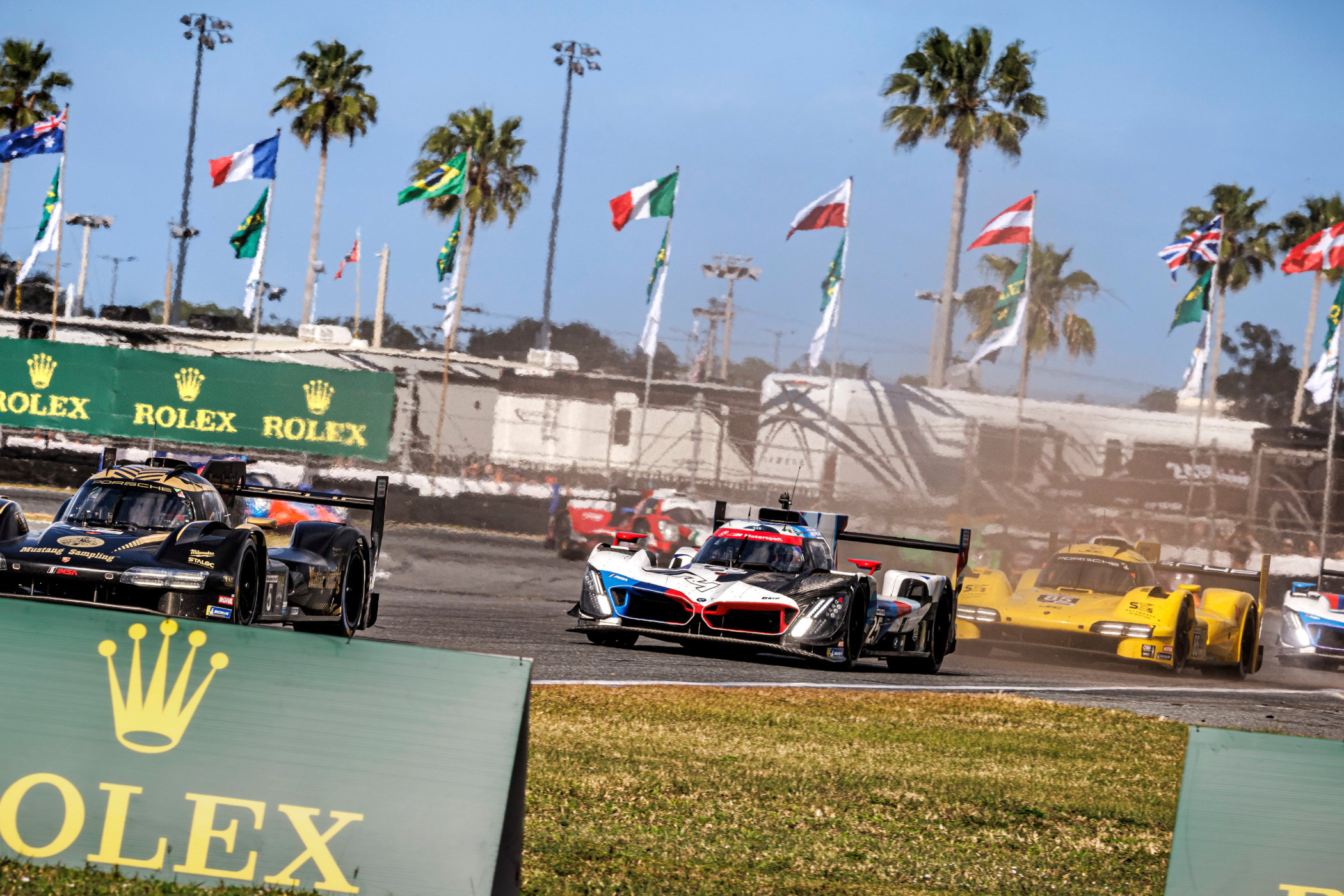
It’s no secret Porsche is extremely capable of building race-winning cars in all forms of racing. From Formula 1 to Rallying, the brand has conquered it all. But its biggest legacy perhaps, is in endurance racing, with a record-setting 19 overall wins at Le Mans and 18 overall wins at the Daytona 24 Hours race. Before this year’s edition that is, as Porsche is back on top in the US again after a hiatus of more than two decades! But there was far more action on track for the 2024 running of the Rolex 24 at Daytona, so let’s dive straight in.
As you know by now, top-tier endurance racing has undergone some sort of revolution in terms of rules and regulations. Gone are the cutting-edge LMP1 prototypes, and in came the LMH and LMDh classes that are simpler, and more open for manufacturers to enter (relatively speaking). In the subsequent years, several brands have announced their return or debut in the top-tier class of endurance racing, including Porsche with the 963, Ferrari with the 499P, Peugeot with the unconventional 9X8 and several others. Manufacturers have a choice between LMH and LMDh set-ups, which differ in several key areas but produce about the same levels of power and thus are closely competitive on the track.

The 2024 edition of the Rolex 24 at Daytona saw virtually all teams battle it out for the entirety of the race, with Porsche, Cadillac and Acura all finishing on the same lap, but more on that later. There even was a bit of end-of-race controversy but through no fault of the teams or drivers. The checkered flag was waved too soon, so with a minute and a half to go, the cars were flagged as they came across the finish line. Essentially, this means that the race ended within the 24-hour time limit, but a decision was made not to mess with the outcome of the race because that would be a monster headache and would surely result in formal protests from multiple teams.
A fun little side-note; the Rolex 24 At Daytona is also used as a film set for the yet-to-be-titled Formula 1 movie that’s being produced with Brad Pitt portraying the lead character. And yes, that does mean Mr Pitt could be seen piloting a Porsche 911 GT3 R (992-generation) during the race.
GTP-Class (LMDh)
The top category for the Daytona 24 Hours, or Rolex 24 At Daytona as it’s officially called, is the GTP class, which stands for Grand Touring Prototype. Raced under the LMDh ruleset, the GTP class is where Cadillac, Porsche, Acura and BMW locked horns. A total of 10 cars have been entered, with top drivers like Sebastian Bourdais, Renger van der Zande, Romain Dumas, Jenson Button and others putting down their skills on the 5.73km long Daytona International Speedway.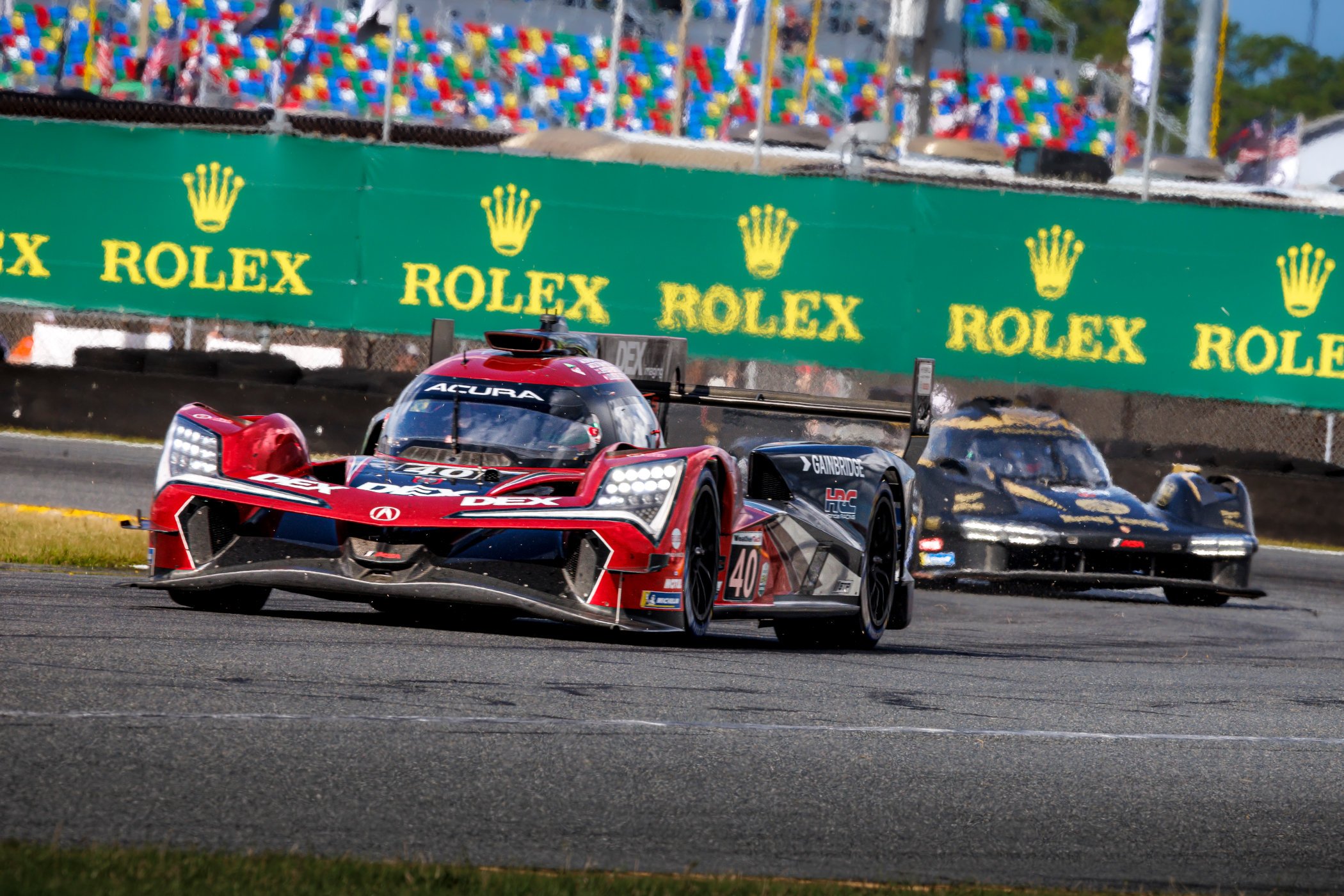
Cadillac took the early lead in the GTP class with the No. 31 car driven by Pipo Derani, closely followed by Felipe Nasr in the Porsche 963. Following a series of crashes, incidents and subsequently a number of full course cautions, Cadillac was still leading but Porsche would soon start closing the gap as the 963 looked better suited to the dropping temperatures. About a quarter into the race, the first major issue for a GTP car arose, as the Acura of Filipe Albuquerque suffered electrical problems, with Albuquerque even reporting the smell of fire back to his crew. Come early morning, BMW also moved to the front of the race and managed to momentarily take over the lead during the 14th hour.
More drama and excitement ensued as the No. 6 Porsche 693 was penalised for exceeding mandatory GTP powertrain parameters and dropped back severely, and Cadillac lost the lead of the race due to a caution caused by debris on the track. During the closing stages of the race the No. 31 Whelen Engineering Cadillac V-Series.R would battle it out with the No. 7 Porsche Penske Motorsport 963, even down to the very last lap. The No. 7 Porsche managed to save fuel during the final hours, needing a slightly shorter final pitstop and thus jumping ahead of the Cadillac. A closely fought battle until the (wrongly timed) checkered flag followed, with the No. 7 Porsche, driven by Dane Cameron, Matt Campbell, Felipe Nasr and Josef Newgarden, coming across the line a mere 2.1 seconds ahead of the No. 31 Cadillac. Behind that, the No. 40 Acura came in third, with the Porsche 963 of Porsche Penske Motorsport and Proton Competition Mustang Sampling finishing 4th and 5th respectively, all on the lead lap.

With it, Porsche reinstated itself as a winner at the Daytona 24 Hours and strengthened its 963 program by claiming its maiden 24-hour race win. In the process, the team also ended a 55-year drought for the Penske team, with their last overall win in the Daytona 24 Hours being the 1969 edition with Mark Donahue and Chuck Parsons piloting a Lola T70 MK3B.
LMP2 class
The LMP2 class is always a very competitive category, as teams run similar setups in terms of chassis and drivetrain. All cars have a chassis by Oreca and a 4.2L Gibson V8, so differences come down to the finest details in the car’s setup, driver abilities, race strategies and staying clear of issues. As the race commenced, it was the United Motorsports USA team that took the lead with its No. 2 car, driven by Ben Hanley, Ben Keating, Pato O’Ward and Nico Pino. Following the first caution of the race, initiated by a crash of a GTD-class Lamborghini, three LMP2 cars spun on the restart, effectively triggering the next caution. Shortly after that incident, another LMP2 car caused chaos as it spun into the path of another car, with a heavy crash and another full course caution as a result.
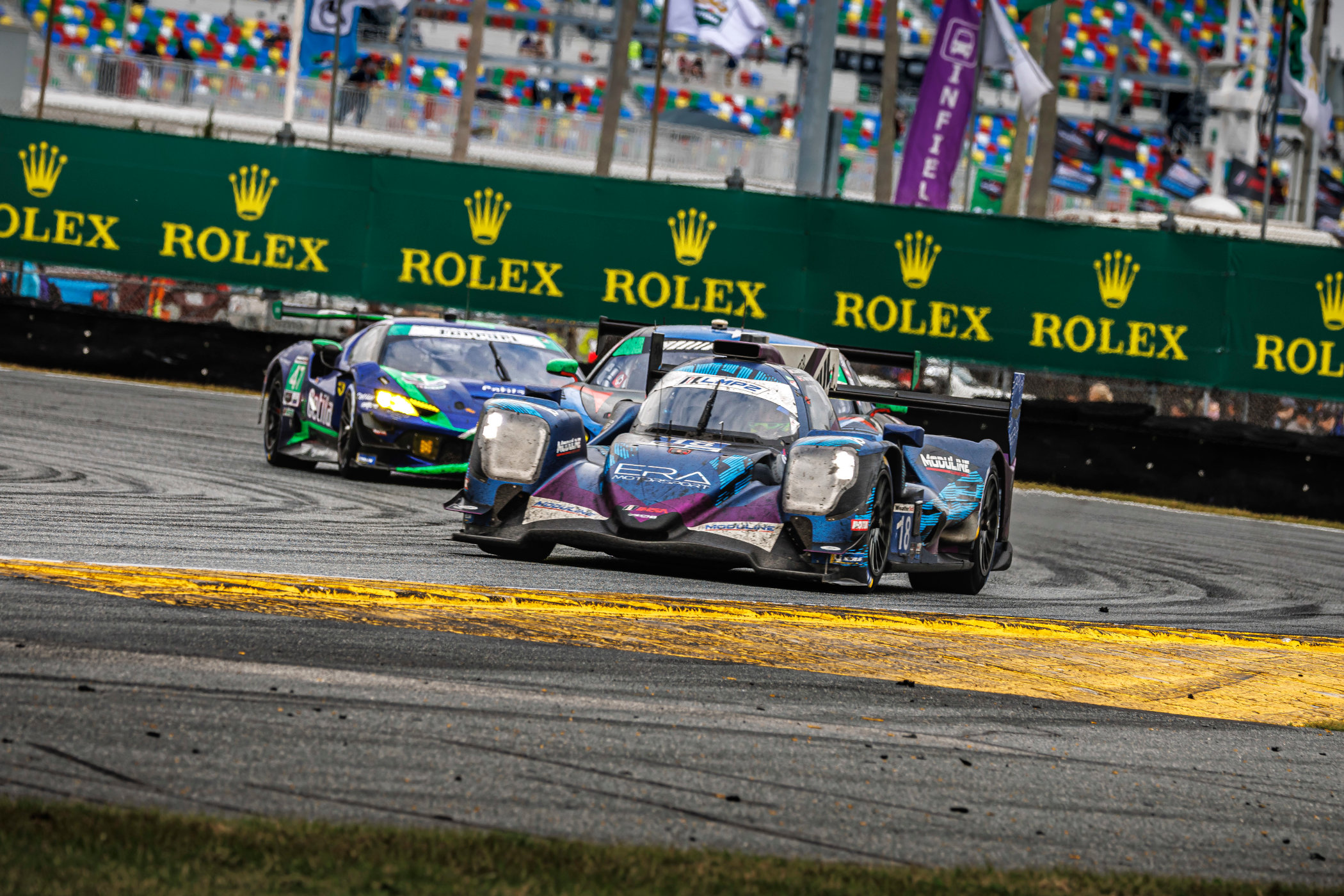
Further into the race, the Crowdstrike Racing Oreca team gained the lead in the LMP2 class. Throughout the remainder of the 24 hours, multiple incidents involving various LMP2 cars, and run-ins with other classes meant multiple cars were in contention for the win. A genuine five-way battle meant the win could go to anyone, really. In the end, though, it was the N0. 18 car by Era Motorsport claiming the top spot (with drivers Ryan Dalziel, Dwight Merriman, Christian Rasmussen and Connor Zilisch), with the Crowdstrike Racing by APR team coming in second in class, followed by the Riley team. Just as in the GTP class, the first five cars across the finish line were on the lead lap, which is quite incredible after 24 hours of racing on a relatively short track (5.37km with the fastest LMP2 lap time of 1:39,392).
GTD Pro & GTD classes
The GTD Pro and GTD classes are the closest to what you and I could, theoretically, drive on the road, as the cars have to be based on a production car. Cars such as the Aston Martin Vantage, the Ferrari 296, the Chevrolet Corvette, the McLaren 720S or the Lamborghini Huracán all dicing it out lap after lap. The GT-based categories are usually the most crowded ones, as was the case for this year’s Rolex 24 At Daytona, with 13 entries in the GTD Pro class, and 23 more in the GTD class. And even though both classes drive the same GT3 type cars, the GTD Pro teams are running a fully professional driver lineup, while the GTD class must run a mix of pros and amateurs.
From the start, the No. 9 Pfaff Motorsports McLaren 720S GT3 led in the GTD Pro class, while the No. 12 Vasser Sullivan Lexus headed the GTD field. Early problems quickly sidelined one of the top competitors, as the No. 88 Richard Mille AF Corse Oreca Ferrari 296 GT3 car limped back to the pits with mechanical issues and retired shortly after. Battles ensued left and right at nightfall, as the lead in the GTD Pro class was contested by the No. 62 Risi Competizione Ferrari 296 GT3 and the No. 1 Paul Miller Racing BMW M4 GT3, while the No. 57 Winward Racing Mercedes-AMG GT3 Evo challenged the Vasser Sullivan Lexus’ lead.
At dawn, both factory Corvettes suffered issues and were out of the race in the GTD Pro class. This left the BMW of Paul Miller racing in the lead, ahead of the Ferrari of Risi Competizione. Unfortunately, the BMW encountered brake issues in the closing stages, leaving the door open for the Risi Competizione Ferrari (driven by James Calado, Alessandro Pier Guidi, Davide Rigon and Daniel Serra) to win the race. In the GTD class, it was the Vasser Sullivan Lexus catching fire that caused the final caution of the race. in the end, victory went to the Winward Racing team of Philip Ellis, Indy Dontje, Daniel Morad and Russel Ward.

Just like last year, the 2024 edition of the Rolex 24 At Daytona was a feast for racing enthusiasts. Tons of drama, tight racing and a very close finish in most of the classes means that endurance racing has lost little of its shine. On the contrary perhaps, as Porsche sees its 963 winning its first 24-hour race against stiff competition, with a whole season of racing still to come.
For more information, please visit Rolex.com or Imsa.com.
Editorial Note: The images used in this article are provided by and used with permission of Rolex, title sponsor of the Rolex 24 At Daytona.


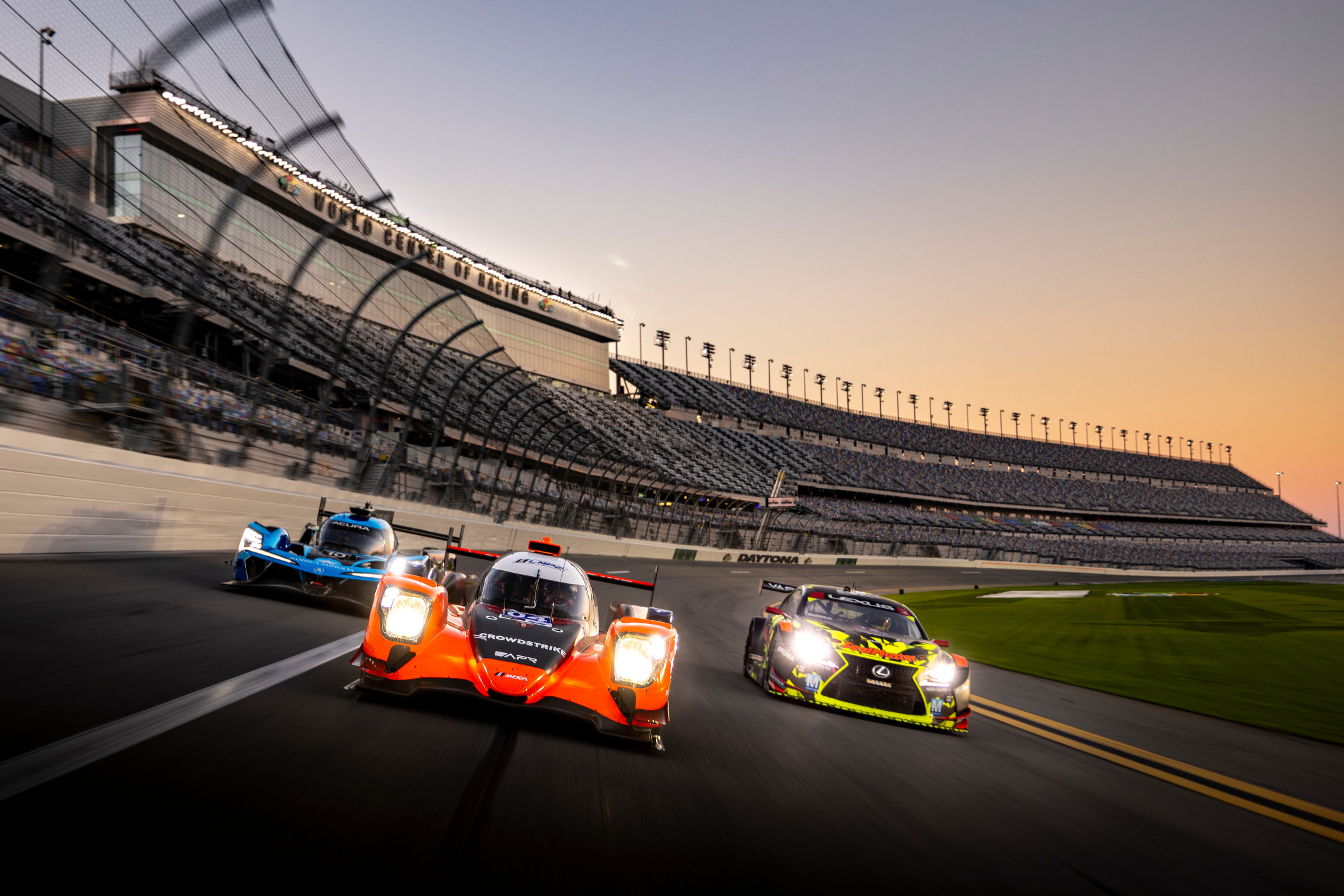
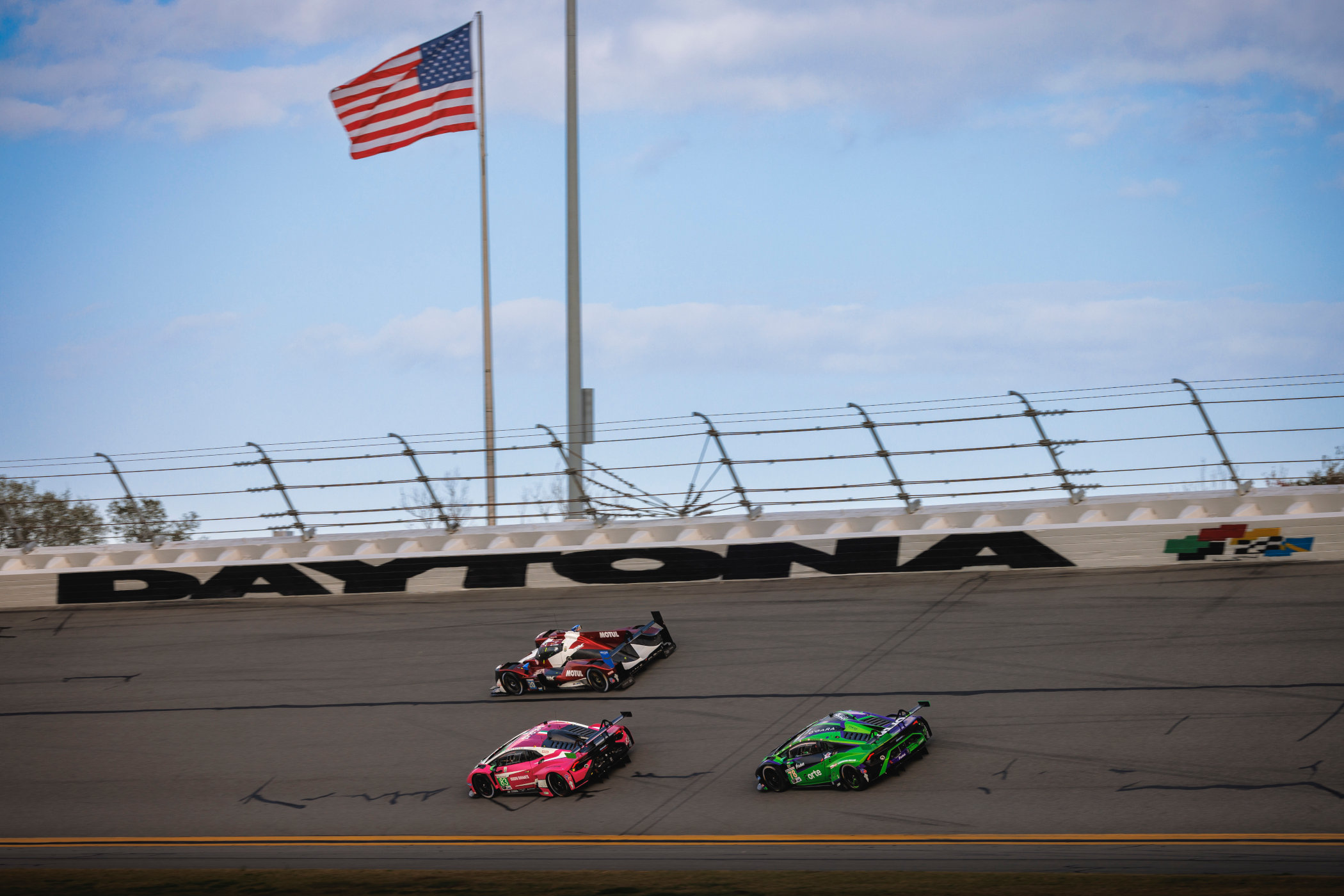


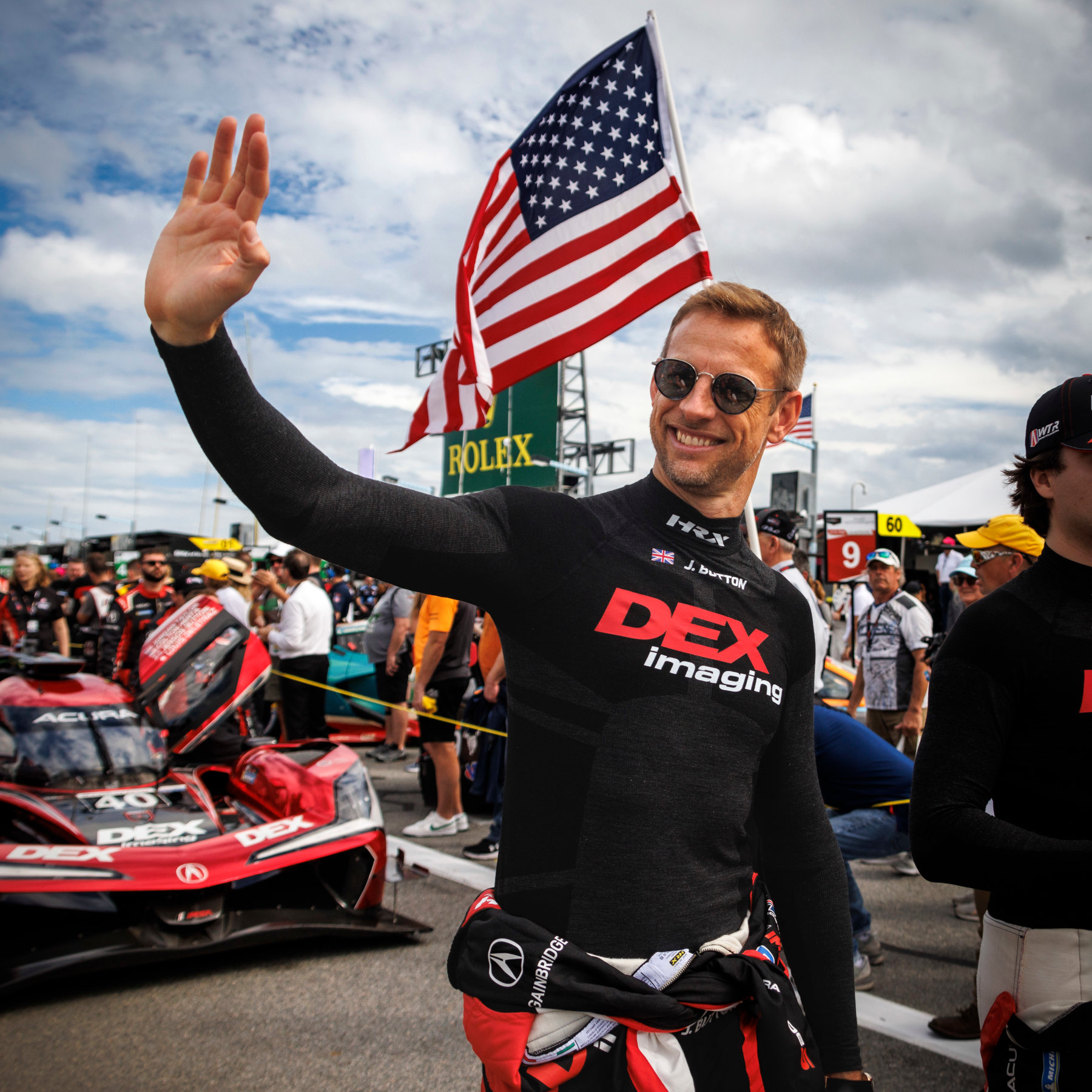





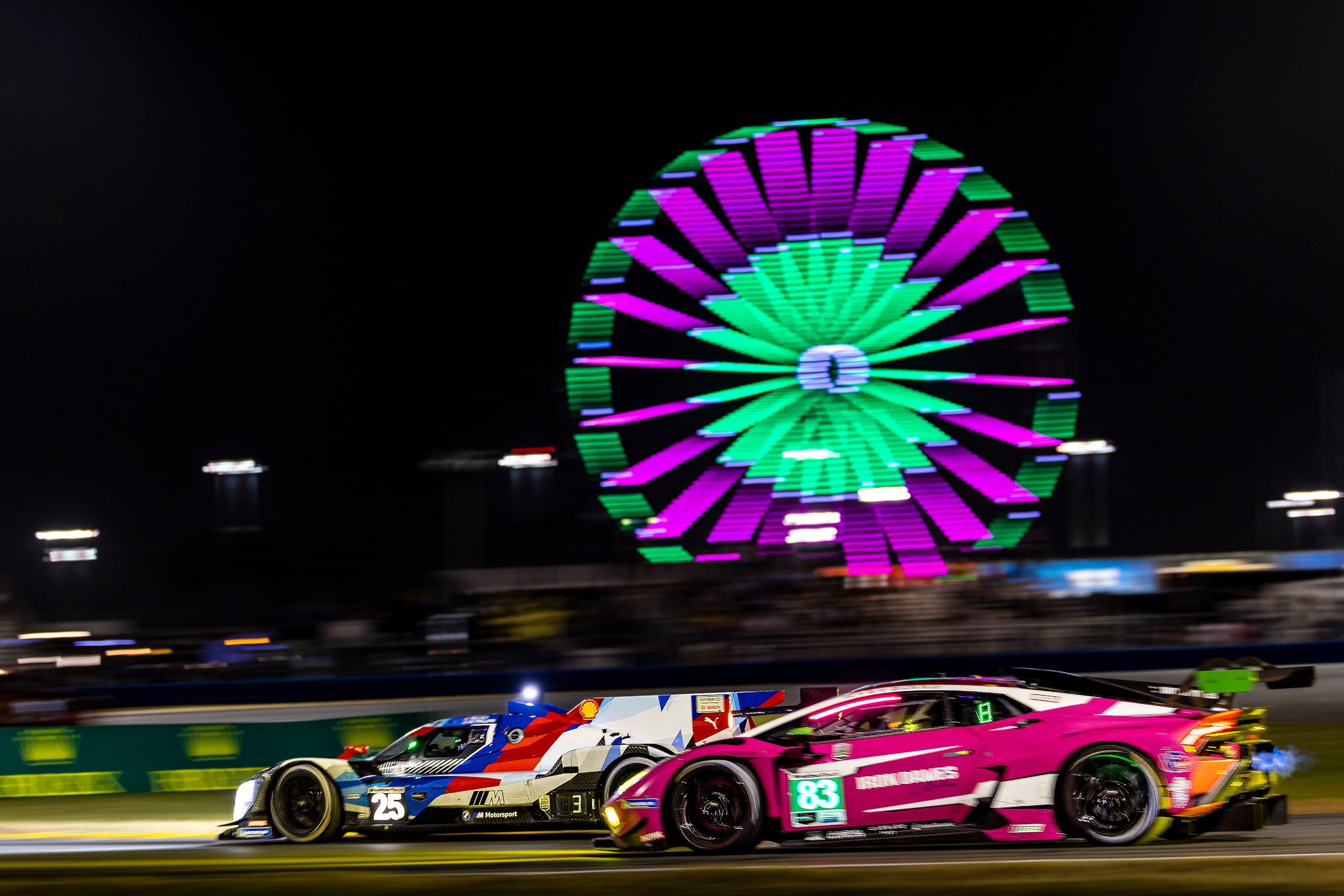

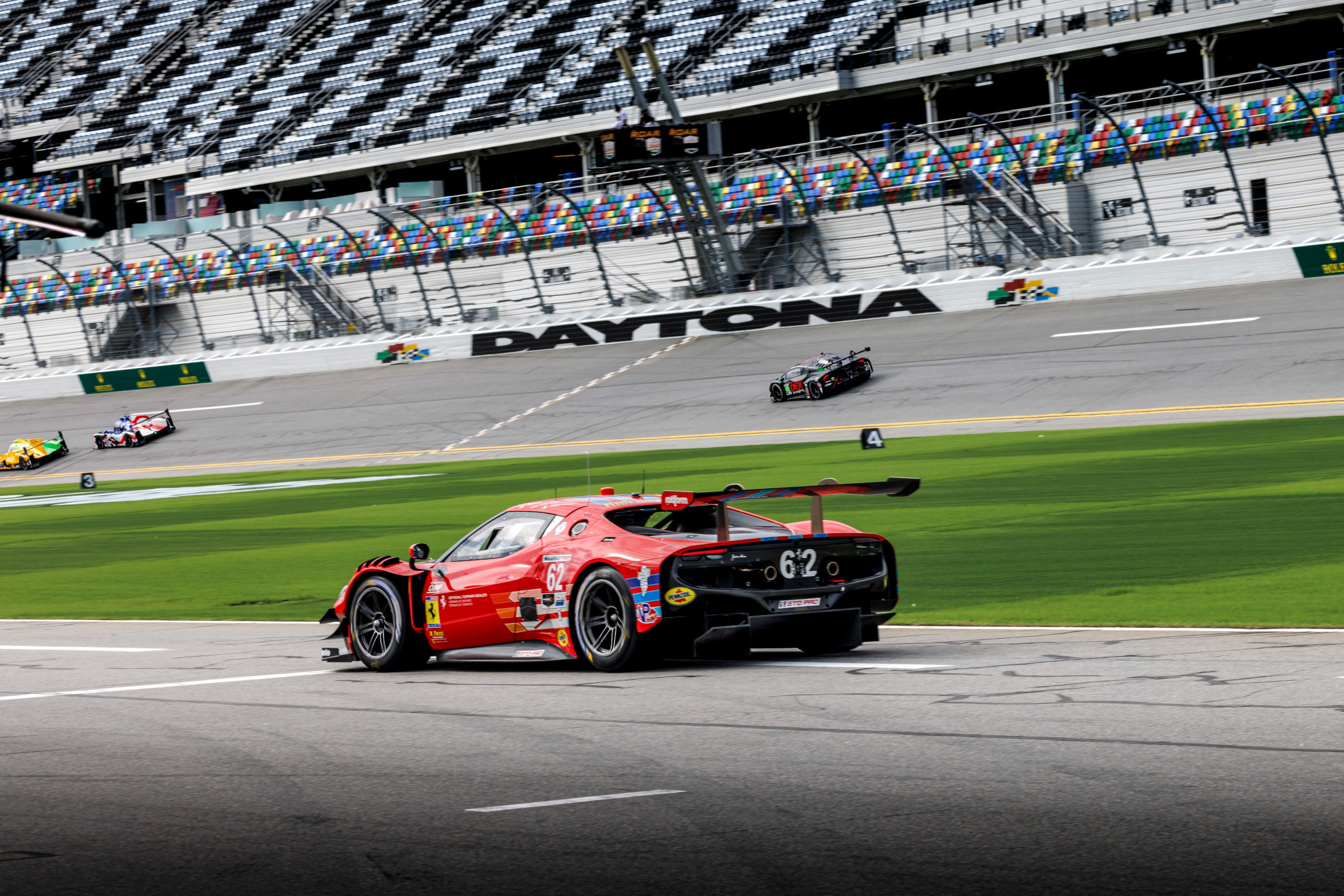




2 responses
great article and photos. Doesn’t seem to be many spectators in the stands
Porsche conquered F1?